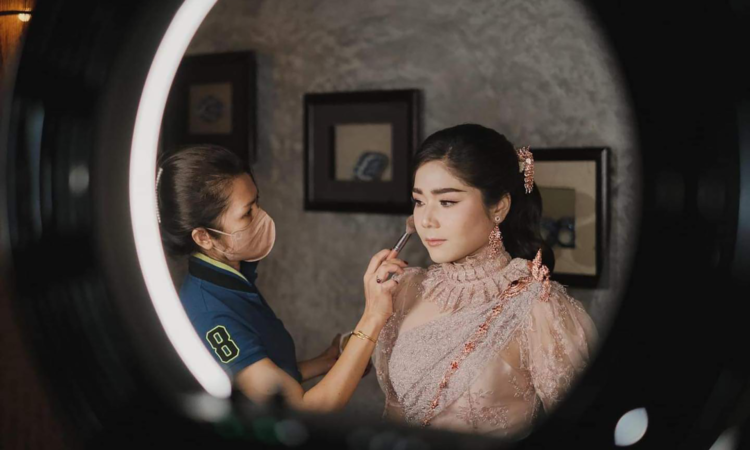Historically, in most cultures, married women had very few rights of their own, being considered, along with the family’s children, the property of the husband; as such, they could not own or inherit property, or represent themselves legally (see for example coverture). In Europe, the United States, and other places in the developed world, beginning in the late 19th century and lasting through the 21st century, marriage has undergone gradual legal changes, aimed at improving the rights of the wife.
These changes included giving wives legal identities of their own, abolishing the right of husbands to physically discipline their wives, giving wives property rights, liberalizing divorce laws, providing wives with reproductive rights of their own, and requiring a wife’s consent when sexual relations occur. These changes have occurred primarily in Western countries. In the 21st century, there continue to be controversies regarding the legal status of married women, legal acceptance of or leniency towards violence within marriage (especially sexual violence), traditional marriage customs such as dowry and bride price, forced marriage, marriageable age, and criminalization of consensual behaviors such as premarital and extramarital sex.
Marriage, also called matrimony or wedlock, is a socially or ritually recognized union between spouses that establishes rights and obligations between them, between them and their children, and between them and their in-laws. The definition of marriage varies according to different cultures, but it is principally an institution in which interpersonal relationships, usually sexual, are acknowledged. In some cultures, marriage is recommended or considered to be compulsory before pursuing any sexual activity. When defined broadly, marriage is considered a cultural universal.
Individuals may marry for several reasons, including legal, social, libidinal, emotional, financial, spiritual, and religious purposes. Whom they marry may be influenced by socially determined rules of incest, prescriptive marriage rules, parental choice and individual desire. In some areas of the world, arranged marriage, child marriage, polygamy, and sometimes forced marriage, may be practiced as a cultural tradition. Conversely, such practices may be outlawed and penalized in parts of the world out of concerns for women’s rights and because of international law. In developed parts of the world, there has been a general trend towards ensuring equal rights within marriage for women and legally recognizing the marriages of interfaith or interracial, and same-sex couples. These trends coincide with the broader human rights movement.
While international law and conventions recognize the need for consent for entering a marriage – namely that people cannot be forced to get married against their will – the right to obtain a divorce is not recognized; therefore holding a person in a marriage against their will (if such person has consented to entering in it) is not considered a violation of human rights, with the issue of divorce being left at the appreciation of individual states. The European Court of Human Rights has repeatedly ruled that under the European Convention on Human Rights there is neither a right to apply to divorce, nor a right to obtain the divorce if applied for it; in 2017, in Babiarz v. Poland, the Court ruled that Poland was entitled to deny a divorce because the grounds for divorce were not met, even if the marriage in question was acknowledged both by Polish courts and by the ECHR as being a legal fiction involving a long term separation where the husband lived with another woman with whom he had an 11-years-old child.

